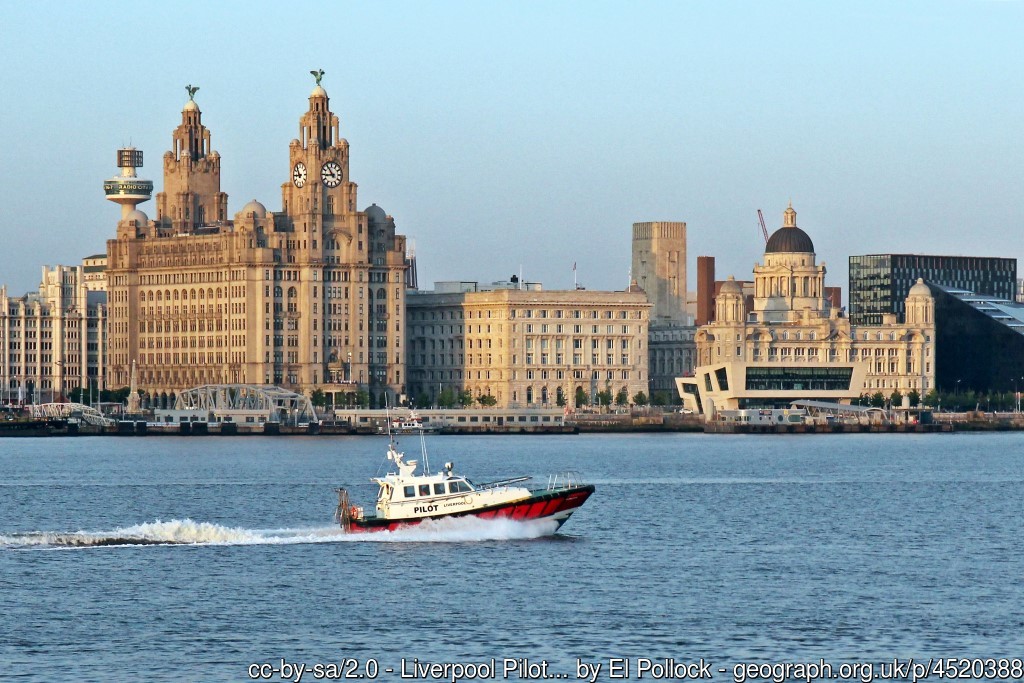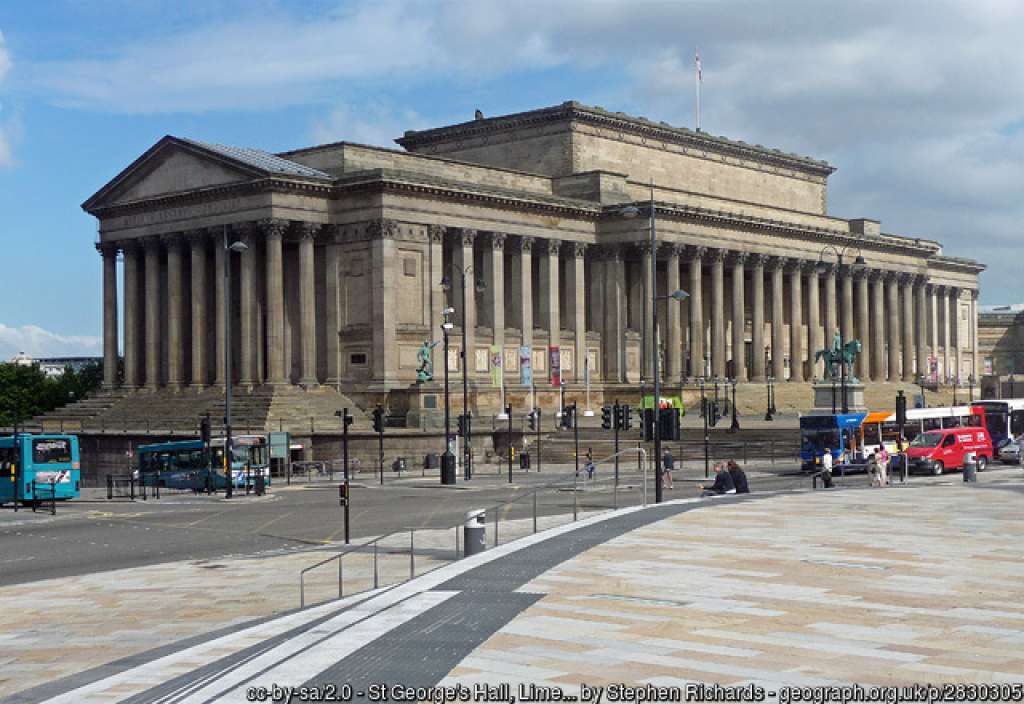UNESCO rebukes UK government over Liverpool World Heritage Site and issues final warning
19 June 2017
UNESCO has issued its strongest warning to date that Liverpool risks losing its coveted ‘World Heritage’ status in 2018, unless the UK Government acts now to make major corrective changes to the way it manages the city’s historic waterfront. This is the first time a definitive date for deletion has been put forward by the international heritage organisation, and would be only the second time ever a cultural site has been deleted from the prestigious global list.
Papers prepared for the July 2017 UNESCO World Heritage Committee meeting strongly criticise the UK state party – the Department of Culture, Media and Sport led by Secretary of State Karen Bradley – for inadequate governance systems and planning mechanisms that threaten to undermine the protection of Liverpool’s World Heritage Site.
The committee papers can be seen here (starts p.43).
Liverpool was inscribed in 2004 for its outstanding universal value as, ‘the supreme example of a commercial port at the time of Britain's greatest global influence’. Its World Heritage Site stretches from the iconic Three Graces on the waterfront to St George’s Hall and Lime Street Station, and covers some 136 hectares of the city.
The city has been on the ‘World Heritage in Danger’ list since 2012 due to concerns about the harmful impact of large scale new development – namely the Liverpool Waters proposals. This highly contentious scheme would see construction of several skyscrapers along the waterfront, the tallest at 55 storeys. Unusually it has a planning permission valid until 2042.
Only two other countries in Europe have sites on the ‘in Danger’ list – Kosovo, and Georgia. Dresden is so far the only one of the 1,000 sites worldwide to have been stripped of its status.
According to the papers, the World Heritage Committee is set to express, ‘its deep concern that the projects already approved as well as those approved in outline have actual and potential highly adverse and irreversible impacts on the OUV (Outstanding Universal Value) of the property'.
It adds that, 'it is also recommended that the Committee retain the property on the List of World Heritage in Danger but consider its deletion from the World Heritage List at its 42nd session in 2018, if the State Party does not reverse course and stop the granting of planning permissions which have a negative impact on the OUV of the property [and] provide substantive commitments to limitation on the quantity, location and size of allowable built form.'
Henrietta Billings, Director of SAVE Britain’s Heritage, said: "This is a final warning shot for Liverpool and the British Government. International heritage status doesn’t just put Liverpool on the world stage, it brings cultural tourism, urban regeneration, and sustainable visitor attractions. Losing it because of crass planning decisions would be an international embarrassment as well as a hugely costly mistake."
Professor John Belchem, Emeritus Professor of History at the University of Liverpool, who was closely involved in securing Liverpool’s World Heritage Site status, said: "Having led the way in regeneration through conservation and the cultural path to urban renewal and well-being, Liverpool has sadly lapsed into polarized and counterproductive opposition between redevelopment and heritage to the understandable concern of UNESCO."
Jonathan Brown, Director of Liverpool-based planning and tourism consultancy Share the City, said: "Karen Bradley needs to get a grip on her advisors before this little local difficultly becomes an international incident. The UK usually honours her international treaty obligations, but UNESCO have clearly run out of patience with government assurances backed only by inaction. The United Nations expects the world’s cultural treasures to be safe in our hands, and a breach of the treaty would be noted with sadness around the world."
In July 2016 SAVE wrote to Karen Bradley MP, Secretary of State for Culture, Media and Sport, to voice our serious concerns at the ongoing state of conservation of Liverpool’s World Heritage Site, and called for immediate action to be taken to ensure the city is removed from the Danger list.
For over 40 years SAVE has been involved in championing the rescue and reuse of numerous Liverpool landmarks, including the Albert docks, North Western Hotel on Lime Street, the churches of St Francis Xavier and St Mary of the Angels (Everton) and St Andrew’s Rodney Street, the Littlewoods building, the Granby Streets and the Welsh Streets and most recently Andrew Gibson House.
Note to editors:
1. For more information please contact SAVE on 0207 253 3500 or email office@savebritainsheritage.org
2. The Liverpool Maritime Mercantile City World Heritage Site was inscribed in 2004, and joins a very select list of just 30 sites in the UK. As of 2016 there are just over 1,000 World Heritage Sites in total, and inclusion of Liverpool in this exclusive list should be treated as a great honour and a privilege, it serving to highlight the global importance of Liverpool’s rich history and exceptional architecture.
3. Liverpool has been on the World Heritage in Danger list since 2012, when it was added primarily for poor planning and management decisions. The city’s World Heritage Site status is threatened by inappropriate large scale development and a lack of co-ordinated policies to make sure new buildings do not harm the outstanding universal value of the World Heritage Site.
4. Management of UNESCO World Heritage Sites is the responsibility of each respective national government, in this instance the Secretary of State for the Department of Culture Media and Sport.
5. SAVE fought a high-profile campaign in 2016 against the demolition of the Futurist cinema and a terrace of 18th, 19th and early 20th century buildings in Lime Street, central Liverpool. The buildings were in the buffer zone of the World Heritage Site and we argued that their demolition and replacement with a 11 storey student and hotel block would have a harmful effect on the World Heritage Site.
6. SAVE Britain’s Heritage has been campaigning for historic buildings since its formation in 1975 by a group of architectural historians, writers, journalists and planners. It is a strong, independent voice in conservation, free to respond rapidly to emergencies and to speak out loud for the historic built environment.


